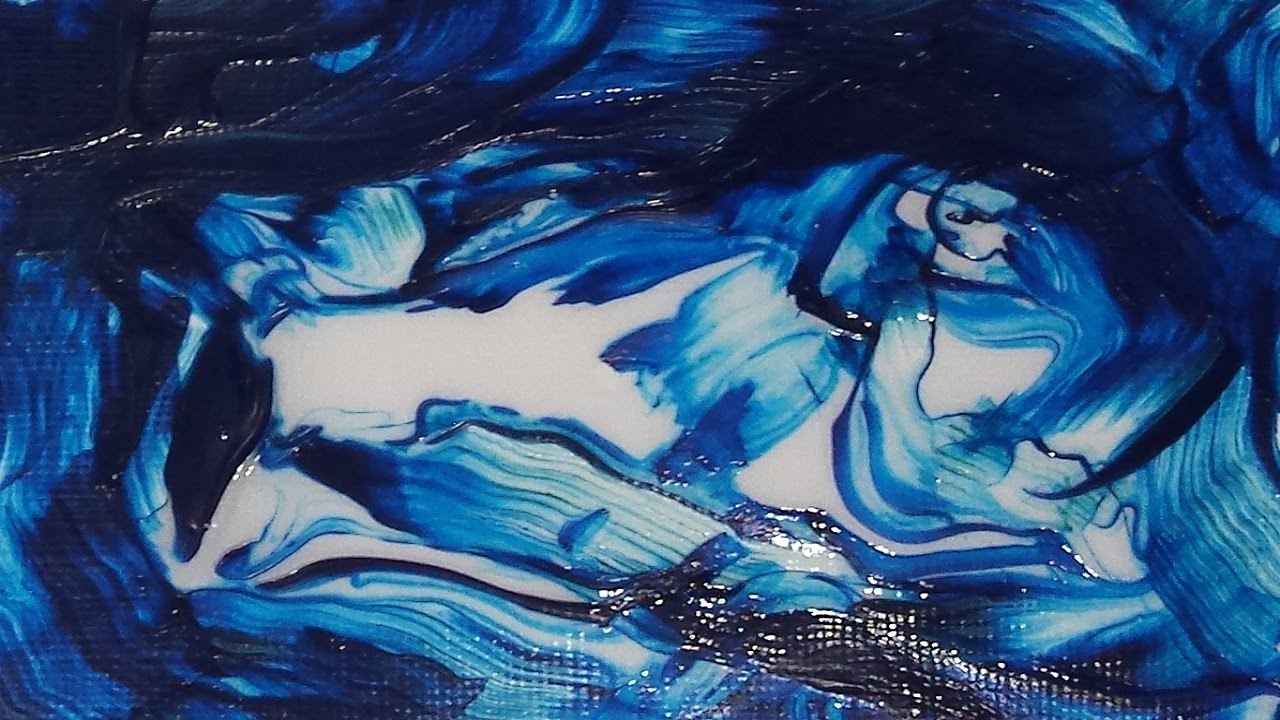
Robert Draws – Acrylic Painting Techniques are a popular choice among artists due to their versatility. Acrylic paint is fast-drying, which makes it ideal for various styles and effects. With its ability to be mixed with different mediums, it offers endless possibilities. Whether you are a beginner or an experienced artist, mastering acrylic techniques can elevate your artwork. This article will explore some essential methods to help you master this amazing medium.
Acrylic paint is loved by many artists because of its quick-drying nature. The paint dries faster than oil paint, making it ideal for working in layers. The colors remain vibrant even after they dry, offering long-lasting results. Acrylic paint is also water-soluble when wet, allowing for easy cleanup. Additionally, it can be used on various surfaces, such as canvas, wood, and paper. Many artists enjoy the flexibility acrylic provides in creating diverse styles and textures.
There are several basic techniques to start with in acrylic painting. These techniques will help you become more comfortable with the medium. One of the most common methods is the wash technique, where you apply a thin layer of diluted paint. This works great for creating soft, translucent effects. Additionally, the dry brush method involves using a small amount of paint with a dry brush to create texture. Blending is another essential technique, where you mix two or more colors to create smooth transitions. Overall, these basic techniques form the foundation for more advanced methods.
“Read about: The Art of Charcoal Drawing: Creating Depth with Lines and Shadows”
One of the key advantages of acrylic paint is its ability to layer. Acrylics dry quickly, allowing you to apply multiple layers in a short amount of time. This is helpful for building depth and dimension in your paintings. Glazing is a technique where a thin, transparent layer of paint is applied over a dry base. It allows you to create rich, luminous effects. By layering different colors, you can create a sense of light and shadow. The ability to layer acrylics is one of the reasons this medium is favored by portrait and landscape artists.
Acrylic paint allows artists to experiment with texture. Impasto is a technique where thick layers of paint are applied with a palette knife or brush. This creates a raised, textured surface on the canvas. You can also use modeling paste or gel mediums to add texture and dimension. The sponge technique is another popular method, where a sponge is used to apply paint for a more natural, textured finish. Experimenting with textures can help bring your artwork to life and create unique effects.
Acrylic paint can be easily combined with other mediums, making it a versatile tool in mixed-media art. You can combine acrylics with pastels, charcoal, or even fabric to create interesting textures and contrasts. Collage is another way to incorporate different materials into your artwork. You can glue paper or fabric onto your canvas before applying acrylic paint, creating a dynamic, layered effect. The possibilities for mixed-media art are endless, and acrylic paint is the perfect medium for experimentation.
“Read more: Pegboard for Tools: The Ultimate Solution for Easy Access and Organization”
For beginners, acrylic painting is a great starting point due to its forgiving nature. Unlike oils, mistakes can easily be corrected since acrylics dry quickly and can be painted over. To start, it is essential to choose the right tools. Invest in quality brushes, a palette, and acrylic paints. Start with simple exercises like blending and layering. Practice painting basic shapes and objects, such as still life compositions. As you build your confidence, you can move on to more complex subjects like landscapes and portraits. With practice, acrylics will become second nature.
Once you feel comfortable with basic techniques, you can explore more advanced methods. Pouring is a popular advanced technique where acrylic paint is poured onto the canvas to create fluid, abstract art. This technique allows colors to flow and blend in unexpected ways. Another advanced method is stamping, where objects are pressed into paint to leave a textured print on the canvas. These techniques can add depth, movement, and a unique quality to your artwork.
Acrylic Painting Techniques offer a wide range of possibilities for creating stunning artworks. By experimenting with different methods, layering, and mixed media, you can unlock the full potential of acrylic paints. With its quick-drying nature and versatility, acrylics provide endless creative opportunities. Whether you are just starting or refining your skills, mastering these techniques will help you create dynamic, vibrant works of art.